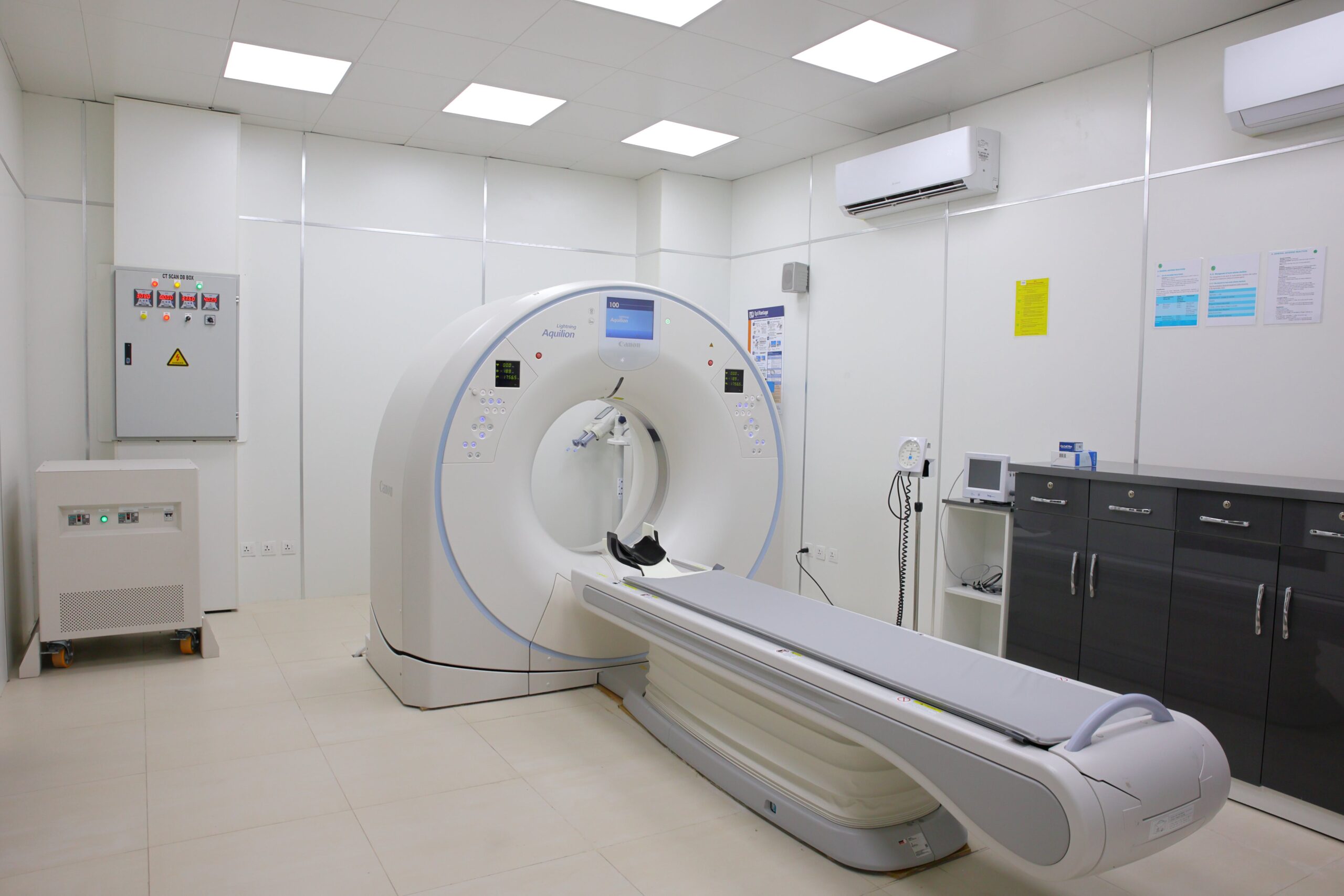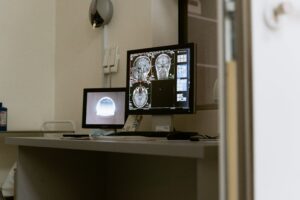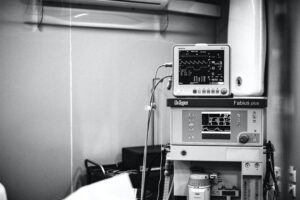Innovations in Healthcare Technology: Revolutionizing Patient Care

In recent years, advancements in healthcare technology have transformed the way healthcare is delivered, improving patient outcomes, enhancing efficiency, and expanding access to care. From telemedicine and wearable devices to artificial intelligence and precision medicine, innovative technologies are revolutionizing every aspect of the healthcare industry. In this article, we’ll explore some of the most exciting innovations in healthcare technology and their potential impact on patient care and outcomes.
Telemedicine: Breaking Down Barriers to Healthcare Access
Telemedicine, also known as telehealth, refers to the use of telecommunications technology to provide remote healthcare services, including consultations, diagnosis, monitoring, and treatment. With telemedicine, patients can connect with healthcare providers virtually, eliminating geographical barriers, reducing travel time and costs, and increasing access to care for individuals in rural or underserved areas. Telemedicine also enables real-time communication and collaboration among healthcare professionals, improving care coordination and patient outcomes.

Wearable Devices: Empowering Patients to Take Control of Their Health
Wearable devices such as smartwatches, fitness trackers, and medical-grade wearables are revolutionizing healthcare by enabling individuals to monitor and track their health and wellness in real-time. These devices can track vital signs, activity levels, sleep patterns, medication adherence, and other health metrics, providing valuable insights into health trends and helping individuals make informed decisions about their lifestyle and treatment. Wearable technology also allows healthcare providers to remotely monitor patients’ health status, detect early warning signs, and intervene proactively to prevent complications.
Artificial Intelligence: Transforming Healthcare Delivery and Decision-Making
Artificial intelligence (AI) is revolutionizing healthcare by enabling machines to perform tasks that traditionally required human intelligence, such as analyzing complex medical data, diagnosing diseases, and predicting treatment outcomes. AI-powered algorithms can process vast amounts of medical information, identify patterns, and generate actionable insights to assist healthcare providers in clinical decision-making. From image recognition and natural language processing to predictive analytics and personalized medicine, AI holds tremendous potential to improve diagnostic accuracy, optimize treatment plans, and enhance patient care.

Precision Medicine: Personalizing Treatment Approaches for Better Outcomes
Precision medicine, also known as personalized medicine, involves tailoring medical treatments and interventions to individual characteristics, including genetics, lifestyle, environment, and other factors. Advances in genomic sequencing, biomarker identification, and data analytics are enabling healthcare providers to identify genetic mutations, molecular biomarkers, and other patient-specific factors that influence disease risk, progression, and response to treatment. By leveraging precision medicine approaches, healthcare providers can develop personalized treatment plans that target underlying disease mechanisms, maximize therapeutic efficacy, and minimize adverse effects, leading to better outcomes and improved patient satisfaction.
Virtual Reality: Enhancing Patient Engagement and Therapy
Virtual reality (VR) technology is revolutionizing healthcare by providing immersive, interactive experiences that engage patients and enhance therapeutic interventions. VR applications are used in various healthcare settings, including pain management, rehabilitation, mental health treatment, and medical education. By immersing patients in virtual environments, VR therapy can distract from pain, reduce anxiety, improve motor function, and facilitate learning and skill acquisition. Virtual reality also offers opportunities for remote patient monitoring, virtual consultations, and tele-rehabilitation, expanding access to specialized care and improving patient outcomes.
Conclusion
Innovations in healthcare technology are revolutionizing patient care, transforming the way healthcare is delivered, and empowering individuals to take control of their health and wellness. From telemedicine and wearable devices to artificial intelligence and precision medicine, these advancements hold tremendous promise for improving access to care, enhancing diagnostic accuracy, optimizing treatment outcomes, and ultimately, improving the health and well-being of individuals worldwide.
FAQs
1. How does telemedicine work, and what are its benefits?
- Telemedicine involves using telecommunications technology to provide remote healthcare services, enabling patients to connect with healthcare providers virtually. Benefits include increased access to care, reduced travel time and costs, and improved care coordination.
2. What are some examples of wearable devices and their applications in healthcare?
- Examples include smartwatches, fitness trackers, and medical-grade wearables that can track vital signs, activity levels, sleep patterns, and medication adherence, providing valuable insights into health trends and enabling proactive health management.
3. How is artificial intelligence used in healthcare, and what are its potential applications?
- Artificial intelligence is used in healthcare for tasks such as analyzing medical images, diagnosing diseases, predicting treatment outcomes, and personalizing treatment approaches. Potential applications include image recognition, natural language processing, predictive analytics, and personalized medicine.
4. What is precision medicine, and how does it differ from traditional approaches to healthcare?
- Precision medicine involves tailoring medical treatments and interventions to individual characteristics, including genetics, lifestyle, environment, and other factors. It differs from traditional approaches by focusing on personalized treatment plans that target underlying disease mechanisms and maximize therapeutic efficacy.





